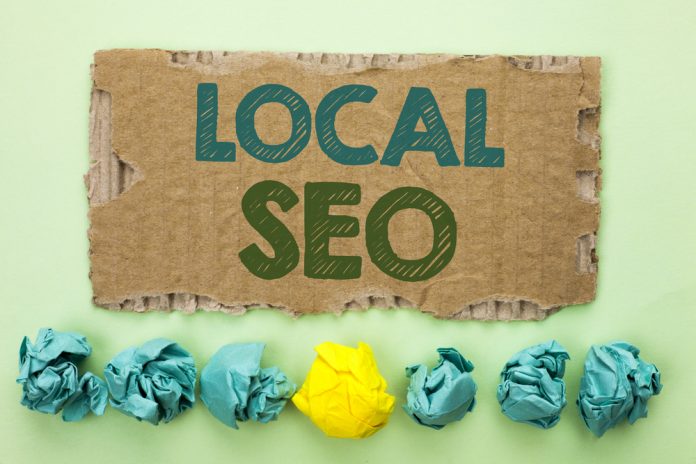Local SEO, like many digital marketing tactics, has certainly evolved over the years. Six years ago, you could easily make huge strides without any links; domain authority wasn’t as important as other factors, like well-structured citations and a relevant address. But, like traditional SEO, local SEO ranking today depends on many factors, particularly signals from Google My Business, links and reviews.
Have an Address Listed in the Target Location
It might sound obvious, but in order to rank in the local pack, you will need to have an address in the location that you are hoping to target. You won’t appear in local rankings if your business doesn’t exist in that area. While you will still be able to rank in the localized organic results with the right strategies, you won’t make it to the local map pack. If you’re operating a business from home and don’t want to list your home address, it’s worth paying more for a local business address that you can use.
Make Sure You’re Listed on Google My Business
Google My Business is an essential place online where you can tell Google — and the rest of the world — about your company. And, Google My Business is a key ranking factor for local SEO. Thankfully, once your page is created and verified, it is easy to optimize. Once you have gotten verification, you should fill out the page with as much information as possible about your company in the ‘Info’ tab. Consider everything that your prospective customers would like to see here and include it all; photographs, relevant business information, and other posts will make your profile more engaging. You can also take advantage of features such as Q&As, reviews and messaging to really make the most of your digital shop window.
Improve On-page Optimization
Local SEO gives your business the chance to rank in the map pack directly below any ads, and in the organic results that are below the map results; ideally, you’ll want to try and get a listing into both of these locations, or even all three if you want to really maximize your company’s exposure. Make sure that you have all the basics covered for getting results in local SEO, including optimizing your page titles, body copy and meta description. Make sure that at least one of your page titles includes the service that you offer and your location. It’s also worth including your location in your meta descriptions; while these won’t have a direct impact on the rankings, they can help to boost click-through rates, which will influence rankings.
Ensure Page Speed and Mobile Responsiveness
Just like traditional SEO, your page won’t get far in local rankings if it is not fast and responsive. Both users and Google like fast sites, so making sure that your site both loads quickly and is easy to use on a mobile device is important for both your SEO and your customers’ satisfaction. Failing to ensure either of these will lead to users bouncing away and going elsewhere.
By following the above guidelines and paying attention to user experience, you should see your site rise up in local search engine results.
Find a Home-Based Business to Start-Up >>> Hundreds of Business Listings.

















































